The Symphonic World of Arnold Bax
What’s Inside the Box
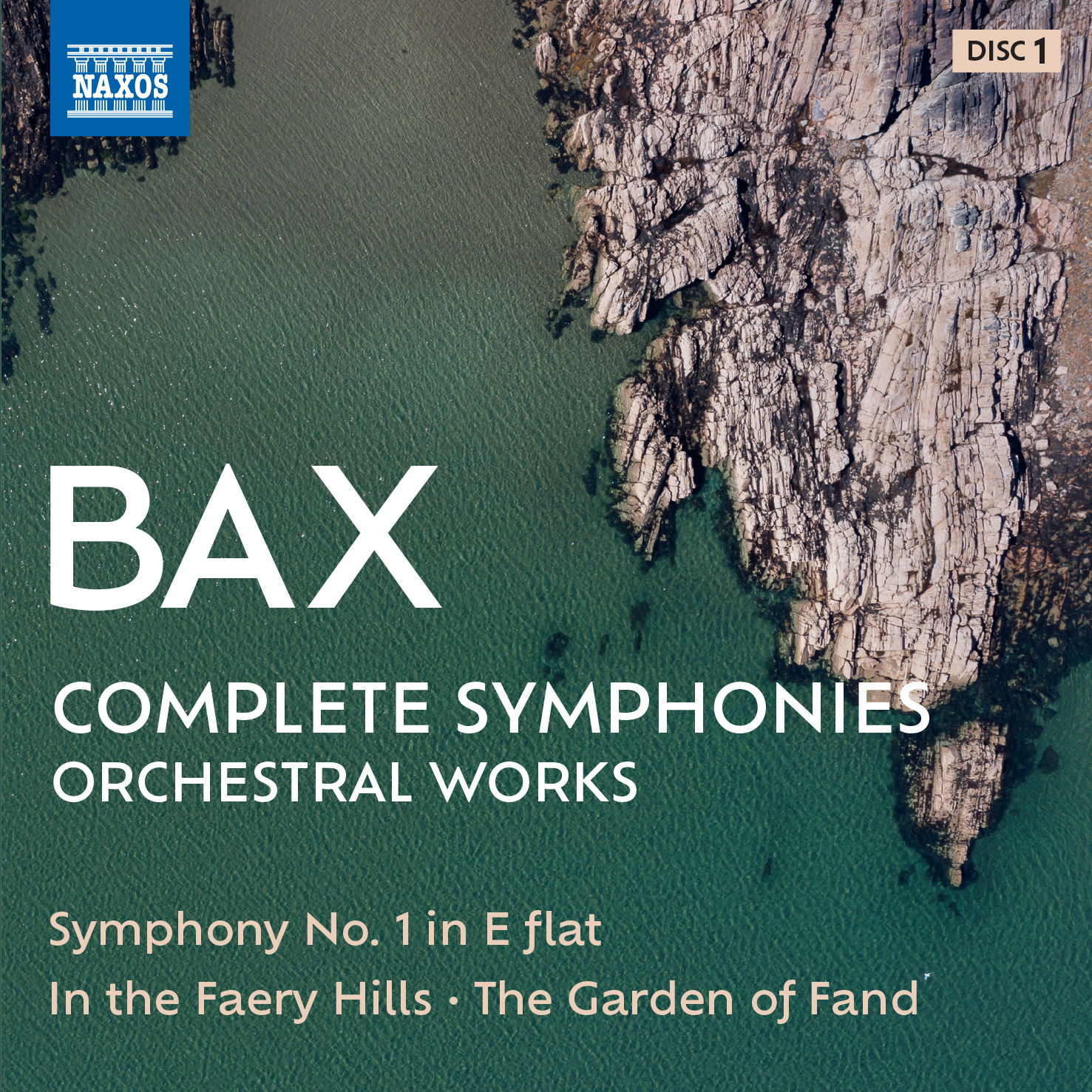
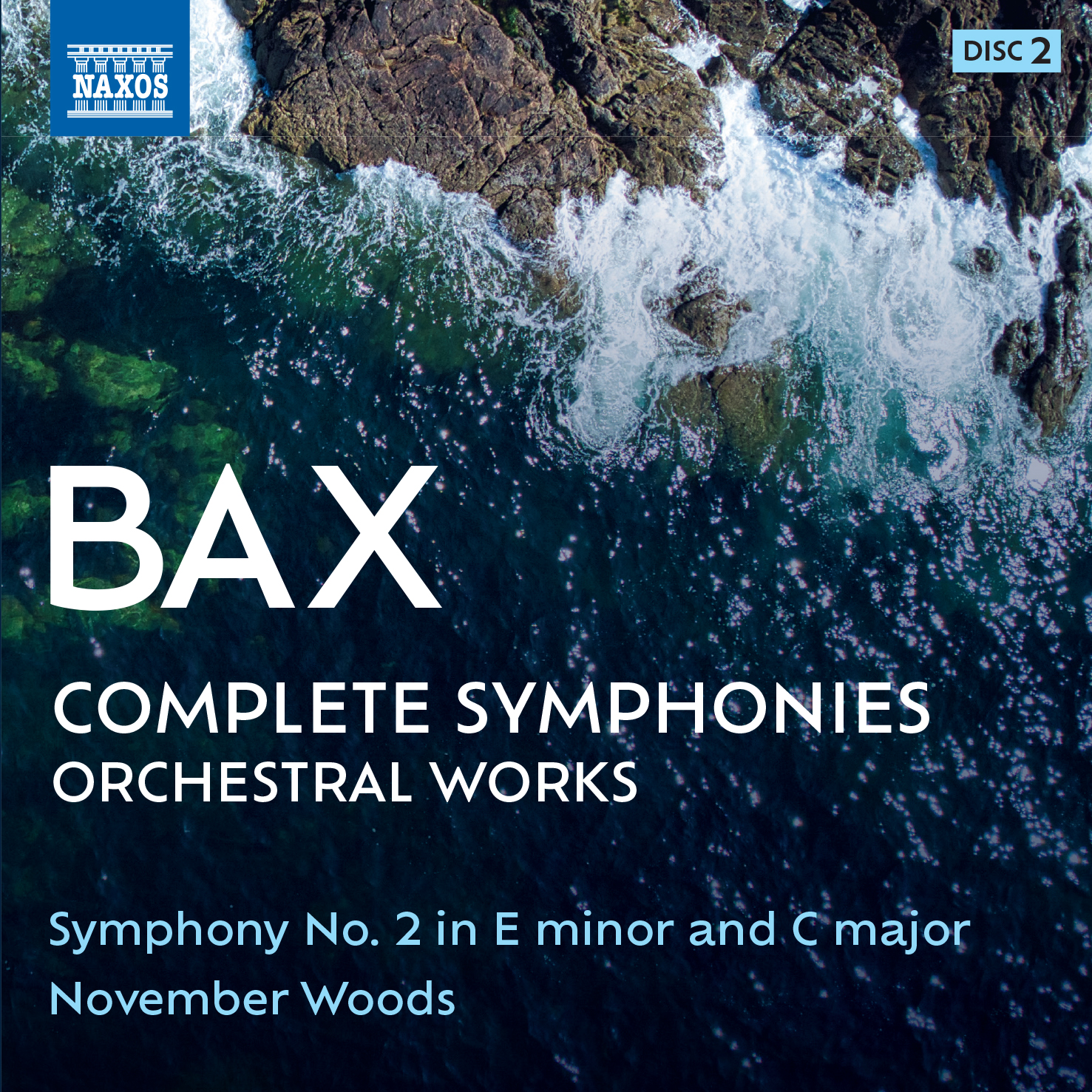
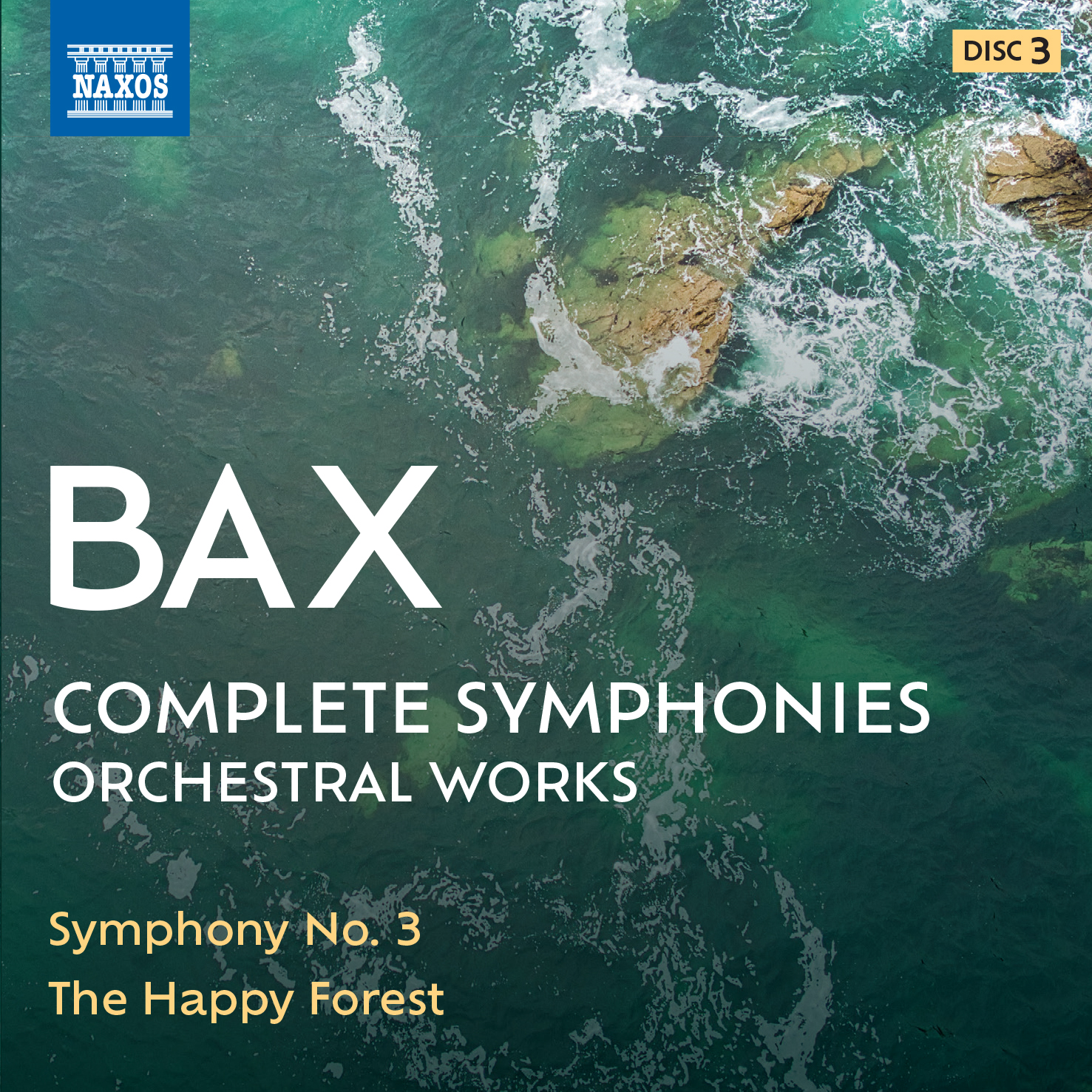
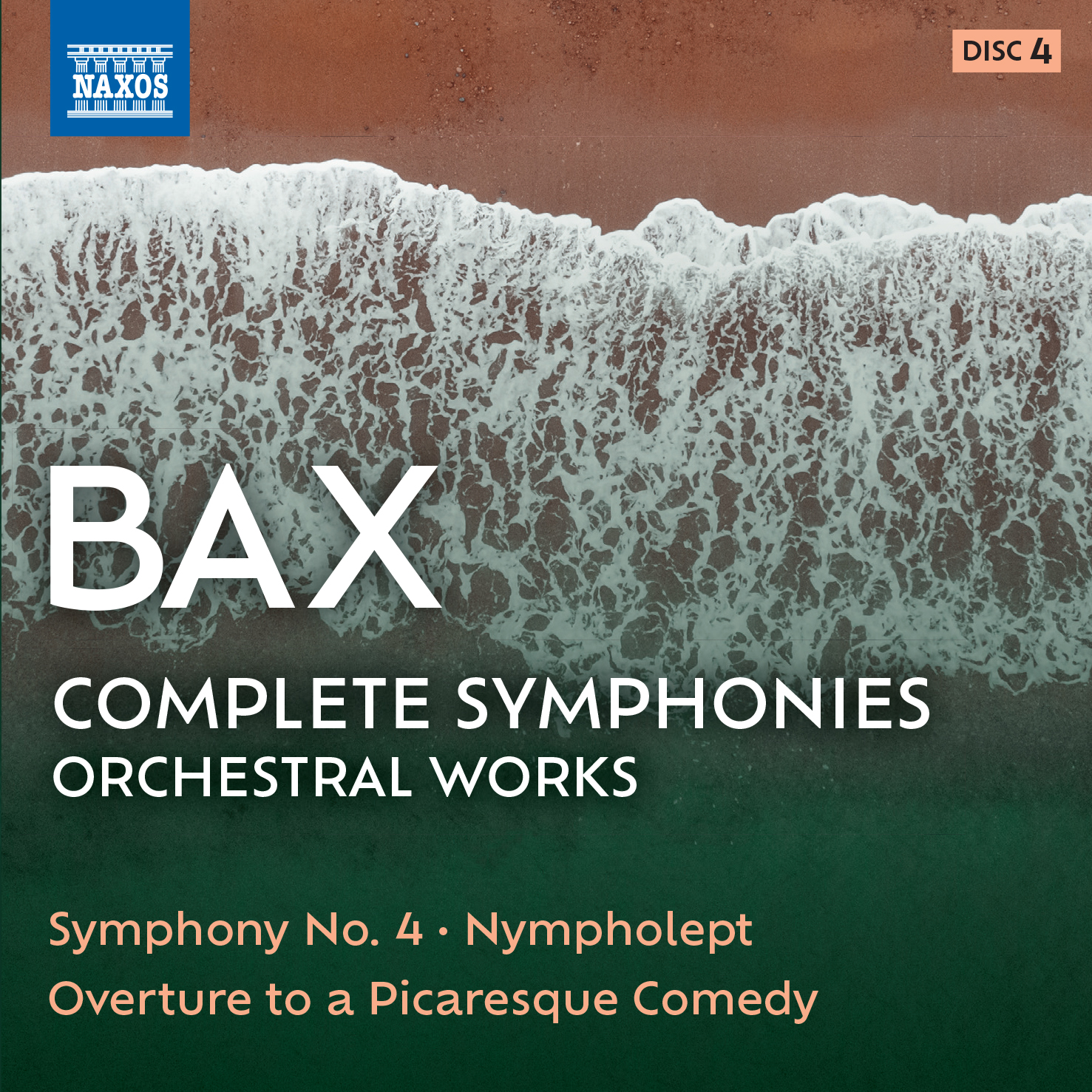
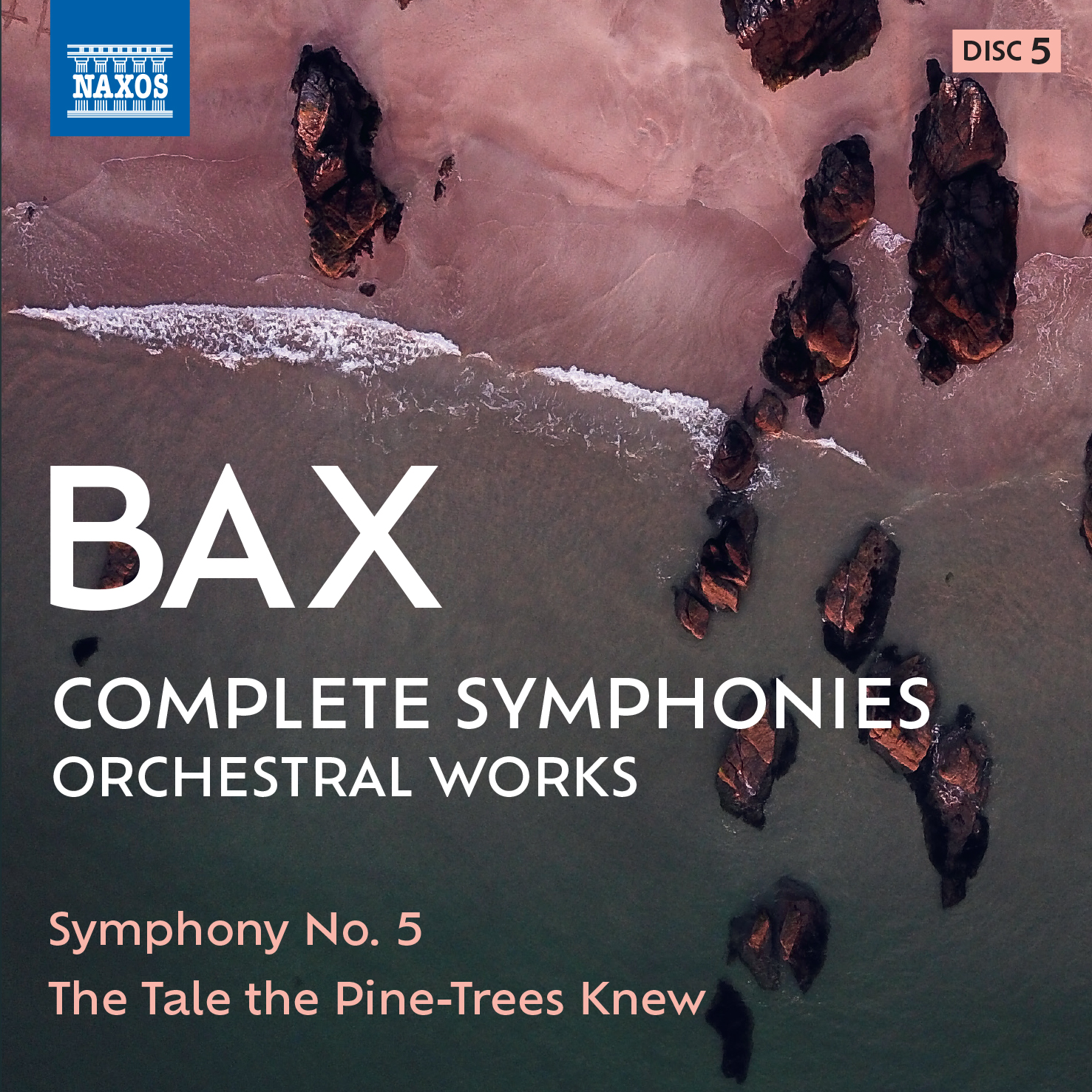
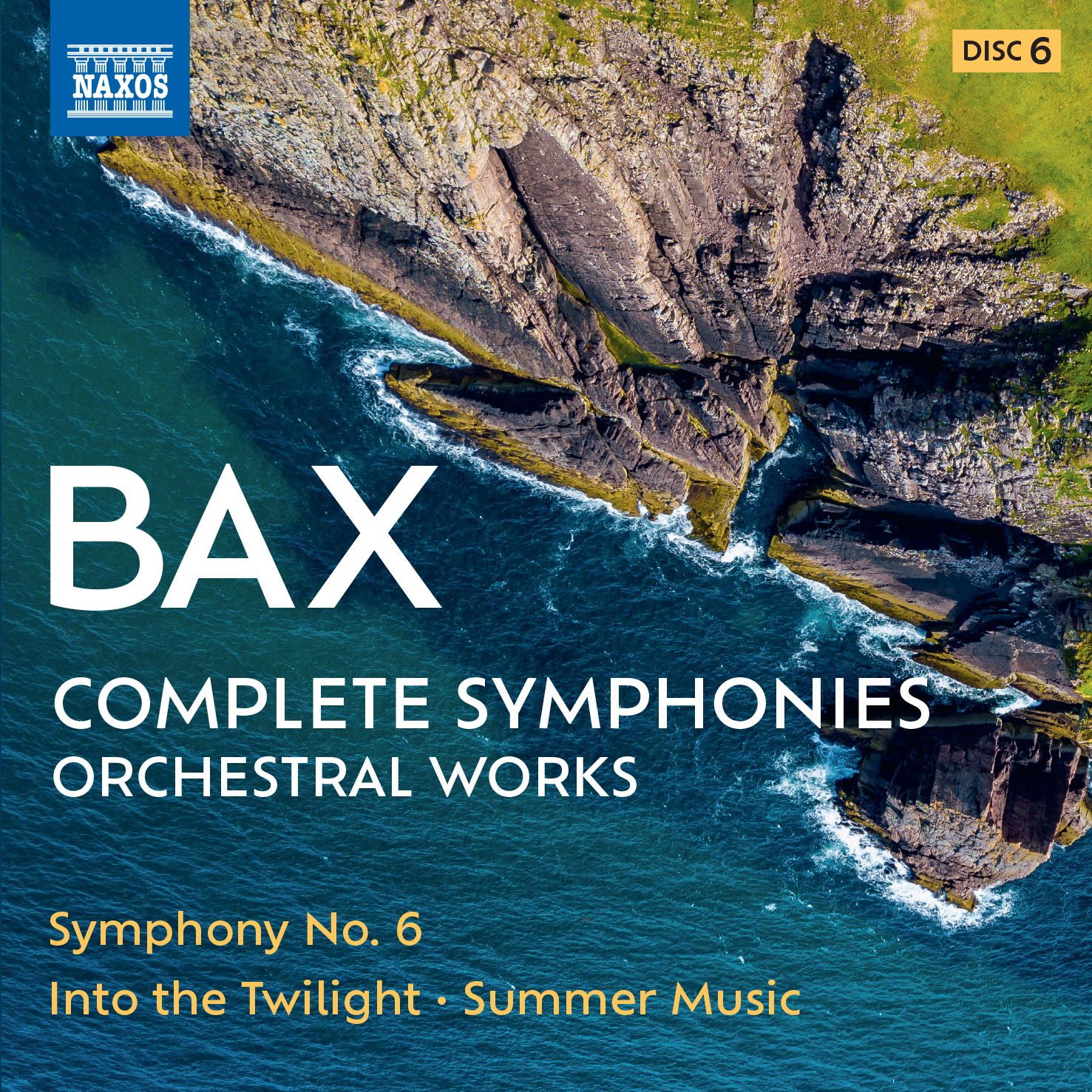
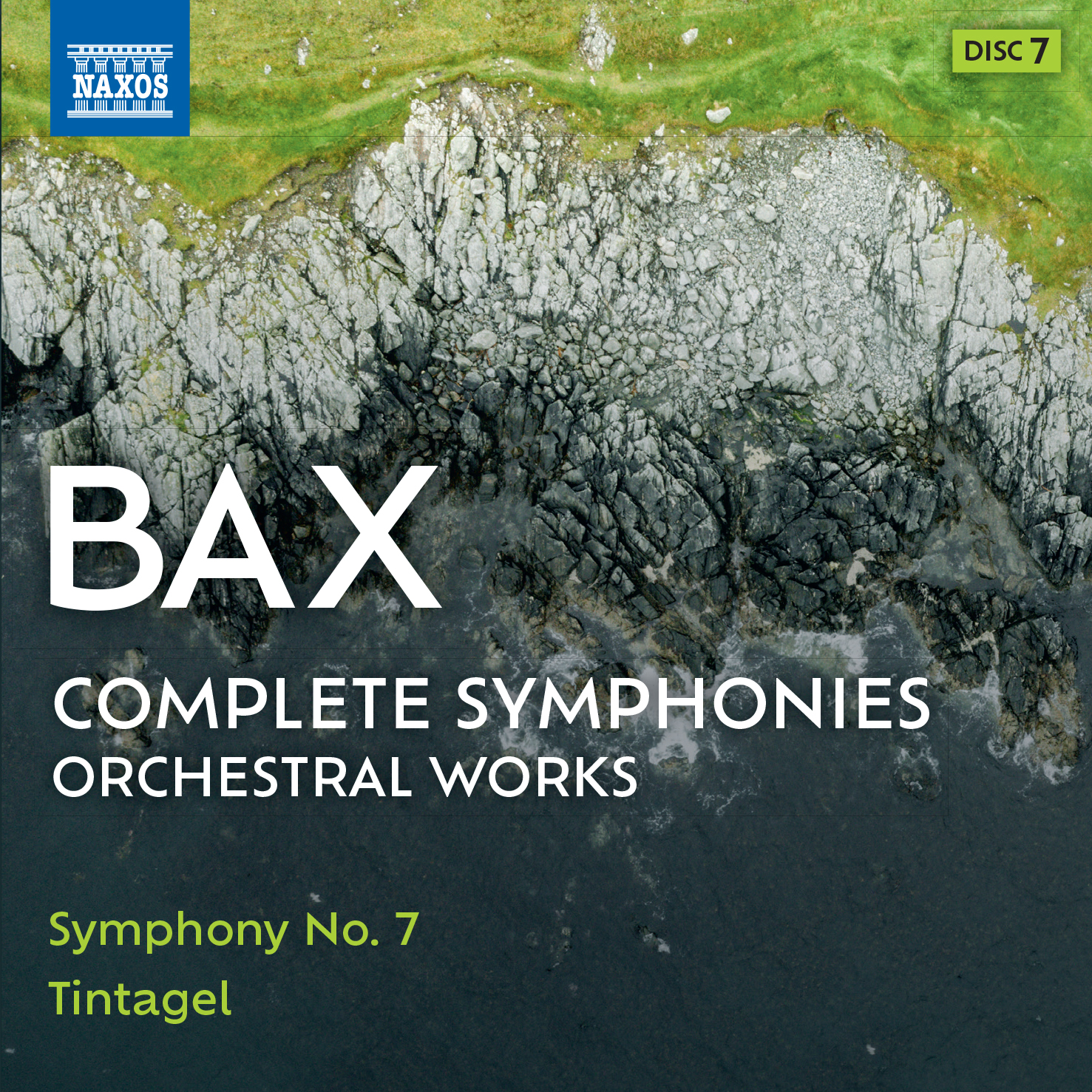
Symphony No. 1 in E flat
In the Faery Hills • The Garden of Fand
Arnold Bax related naturally to Ireland and Celtic folklore, its aspirations, mythology and history firing both a musical and literary vision. Symphony No. 1 in E flat, written in 1921–22, may be heard as a reaction to the tragedy of Ireland and the frustrated idealism and sacrifice of the Easter Rising of 1916. The tone-poem In the Faery Hills, inspired by a poem by W.B. Yeats, was written in 1909, later forming the centre of a trilogy of tone-poems under the general title Eire. The evocative The Garden of Fand – which was revealed by Bax to be a representation of the sea – was completed in 1916, described by the composer as the last of his Irish works.

Symphony No. 2 in E minor and C major
November Woods
The sheer dramatic impact of the turbulent opening movement shocked audiences when Arnold Bax’s Symphony No. 2 was first performed in 1929. Feeling that too much was expected of him as he followed in Elgar’s footsteps, Bax changed the direction of British music with powerful and rugged symphonies – the Second, for large orchestra, creating the most brilliant tonal colours. Yet in his early career he also composed a series of evocative tone-poems, November Woods being one his most famous.



Symphony No. 3
The Happy Forest
In Bax’s early career he enjoyed considerable success with a group of symphonic poems, of which The Happy Forest is a fine example. Yet it was with his first two symphonies that his international reputation was achieved. In his Symphony No. 3, completed in 1929, the wide mood changes are perfectly integrated into the structure of the work. Suggestive of the wild landscape of northern Scotland, the symphony culminates in a magical and gravely beautiful epilogue.


Symphony No. 4 • Nympholept
Overture to a Picaresque Comedy
The perspective afforded by the passage of time allows us to reassess the work of artists formerly relegated to obscurity and neglect, and Bax is assuredly one composer worthy of our attention. The music of an inveterate Romantic, his output was well out of step with the prevailing musical climate at the time of his death, but it can now be appreciated for the unique voice it reveals. This recording features the Overture to a Picaresque Comedy, perhaps an English equivalent of Strauss’s Till Eulenspiegel; Nympholept, a pagan evocation of one enraptured by spirits of the wood; and the Fourth Symphony, for which the composer claimed the sea as his inspiration.



Symphony No. 5
The Tale the Pine-Trees Knew
The young Arnold Bax was seen as the natural successor to Edward Elgar, a responsibility that he did not welcome as it placed on him a burden of public expectation. He enjoyed considerable success with a series of symphonic poems, The Tale the Pine-Trees Knew being a fine example of this atmospheric and colourful group of works. Yet it was his seven symphonies that were to create an international reputation for him. The Symphony No. 5, completed in 1932 and dedicated to Sibelius, inhabits the same musical world as the great Finnish composer. The jagged rhythms, massive brass outbursts and a sombre centre movement create an imposing score, brought to a close by an unexpected mood of optimism.


Symphony No. 6
Into the Twilight • Summer Music
Arnold Bax drew on Celtic inspiration for his Into the Twilight, its title derived from W.B. Yeats, and on a June day in the south of England for Summer Music. Described as one of the finest symphonies of the 20th century, Bax’s Sixth Symphony was written largely at Morar, on the west coast of Scotland. Notable for its conflict of lyrical and dramatic episodes, underpinned by an ambiguous, shifting tonality, it marks a high point of his achievement.


Symphony No. 7
Tintagel
Perhaps the best known of all Bax’s orchestral works, Tintagel is a vivid tonal impression of the castle-crowned cliff of Tintagel in Cornwall. Here, the legends of King Arthur and the scenic grandeur of the Atlantic ocean fired Bax’s imagination into producing some of the most vivid sea music ever written. Twenty years later Bax embarked upon his seventh and final symphony, relishing the Celtic tradition and combining playful exuberance with haunting wistfulness, serenity and poise, a true representation of the culmination of his musical achievements.

